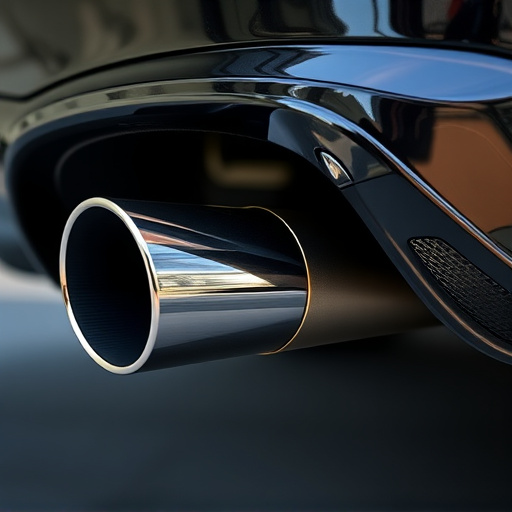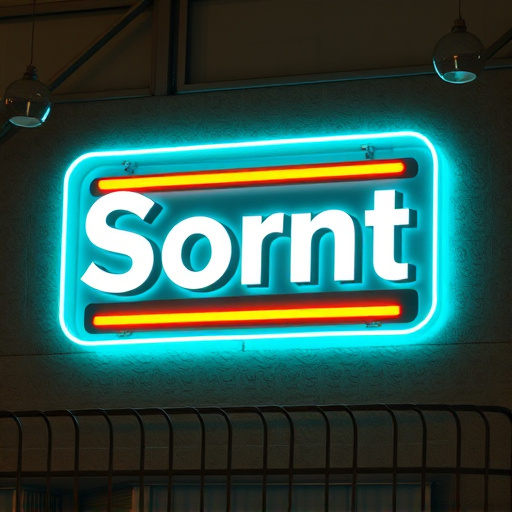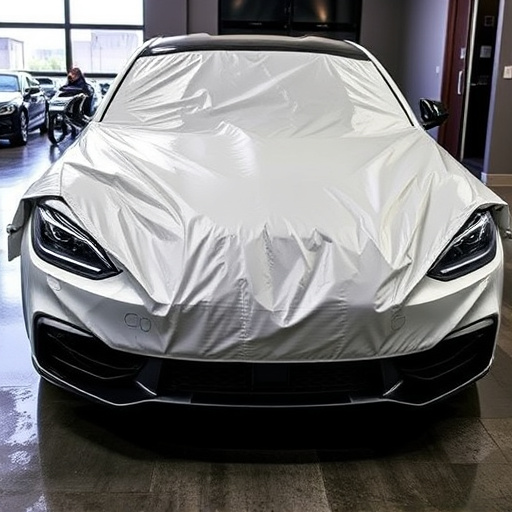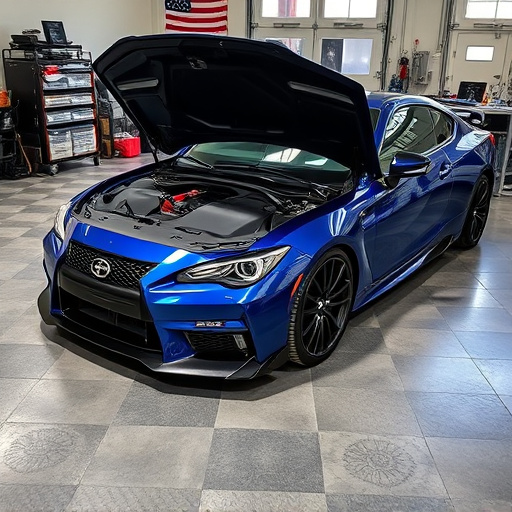Scratch-resistant coatings have transformed various industries by safeguarding surfaces from damage, offering tailored solutions with diverse formulations. For optimal results, meticulous surface preparation involves cleaning, drying, and priming. Applying a suitable coating, such as ceramic, in thin layers provides superior protection against scratches, stains, and UV damage for vehicles and other items.
“Discover the secret to safeguarding your surfaces with a durable layer of protection—scratch-resistant coatings. This comprehensive guide unravels the process behind applying these innovative solutions effectively. From understanding different coating types and their diverse applications, to mastering surface preparation for optimal results, you’ll learn why proper cleaning and treatment are crucial pre-coating steps. Get ready to explore our step-by-step approach, ensuring a scratch-resistant finish that enhances durability.”
- Understanding Scratch Resistant Coatings: Types and Applications
- Preparation is Key: Surface Cleaning and Treatment Before Coating
- Step-by-Step Guide to Applying Scratch Resistant Coating Effectively
Understanding Scratch Resistant Coatings: Types and Applications
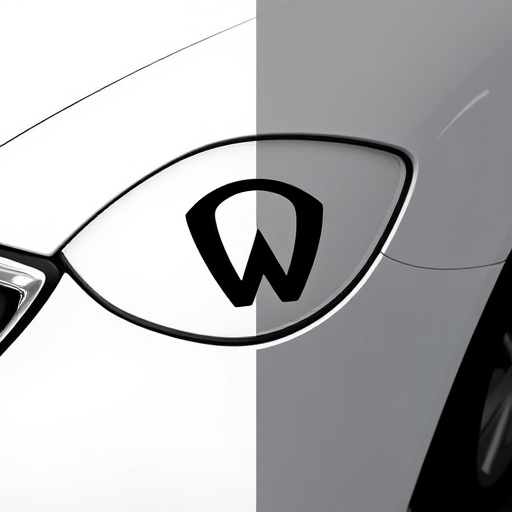
Scratch resistant coatings have revolutionized various industries, offering a protective layer against everyday wear and tear. These coatings are designed to enhance durability, keeping surfaces pristine and free from unsightly scratches. In the realm of vehicle enhancement, they’re a popular choice for car customization, guarding against scrapes and swirls on car bodies, windows, and even custom graphics.
Different types of scratch resistant coatings cater to diverse applications. Some are tailored for automotive use, providing a clear, durable barrier that protects paintwork. Others find application in consumer electronics, safeguarding screens from scratches during everyday use. Moreover, industrial settings employ these coatings to preserve machinery and equipment, ensuring optimal performance despite harsh conditions.
Preparation is Key: Surface Cleaning and Treatment Before Coating

Preparation is paramount when it comes to applying a scratch-resistant coating effectively. Before coating, ensure the surface is clean and free from any contaminants. This involves thoroughly washing the item with mild soap and water, then using a microfiber cloth to dry it completely. Any residue or moisture left behind can compromise the adhesion of the coating.
Additionally, treating the surface with a primer designed for scratch-resistant coatings enhances its durability. Primers fill in microscopic imperfections, creating a smoother base that allows the coating to bond securely. This step is especially crucial when applying a clear coat or one with custom graphics, as it provides UV protection and heat rejection, prolonging the life of the finish.
Step-by-Step Guide to Applying Scratch Resistant Coating Effectively

Applying a scratch-resistant coating is an effective way to protect your vehicle’s paintwork and give it a sleek, durable finish. Here’s a step-by-step guide to ensure you achieve optimal results. Start by thoroughly cleaning and preparing the surface of your car, removing any dirt, grease, or existing coatings. This involves using dedicated car washing techniques and high-quality towels. Once the surface is dry, inspect it for any imperfections that need addressing before applying the coating.
Next, select a suitable scratch-resistant coating product designed to meet your needs. Consider factors like durability, shine level, and ease of application. Popular options include ceramic coatings known for their superior protection against scratches, stains, and UV damage. Alternatively, you can opt for specialized polyaspartic or polyurethane coatings tailored to enhance custom graphics or offer a professional PPF (Paint Protection Film) installation look. Apply the chosen coating in thin, even layers, following the manufacturer’s instructions for optimal curing times. Ensure thorough coverage without leaving any gaps or overlaps for a seamless finish that protects your vehicle from everyday scratches and scrapes.
Applying a scratch-resistant coating correctly involves understanding its type, preparing the surface thoroughly, and following a precise application process. By combining these steps with regular maintenance, you can significantly protect various surfaces from scratches, ensuring their longevity and aesthetic appeal. Remember, the right preparation and application techniques are key to achieving maximum protection with any scratch-resistant coating.
